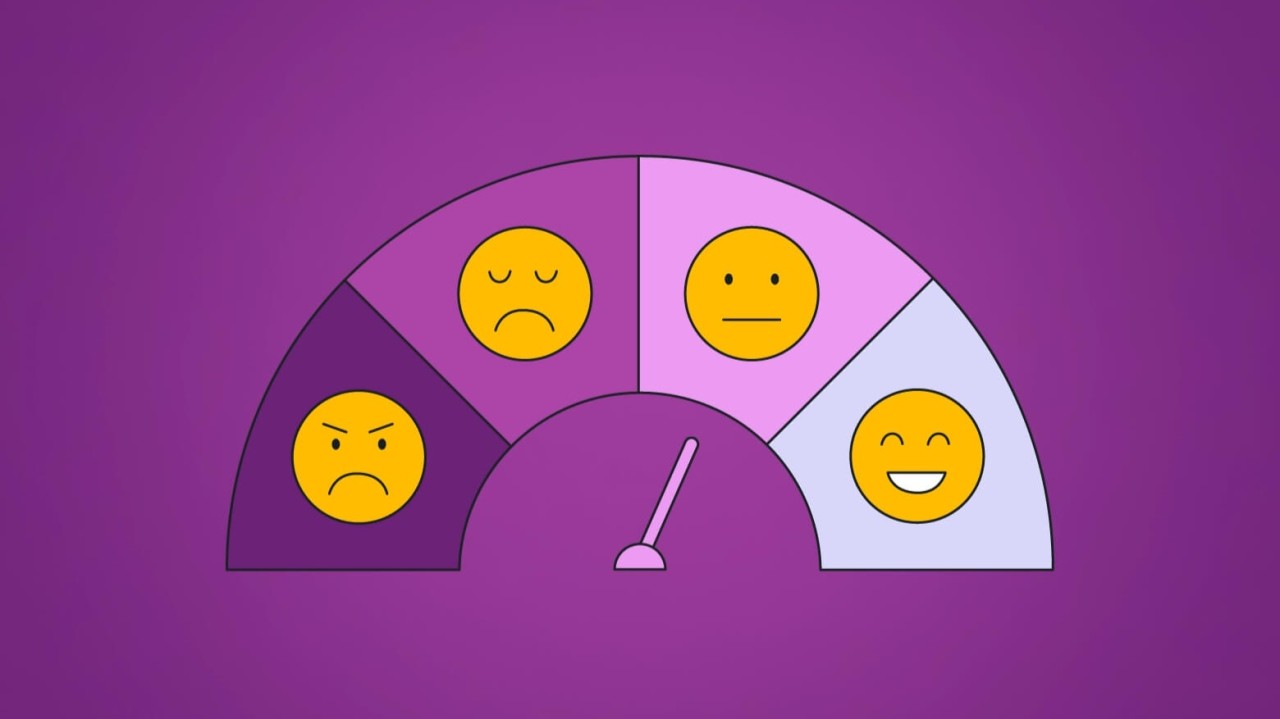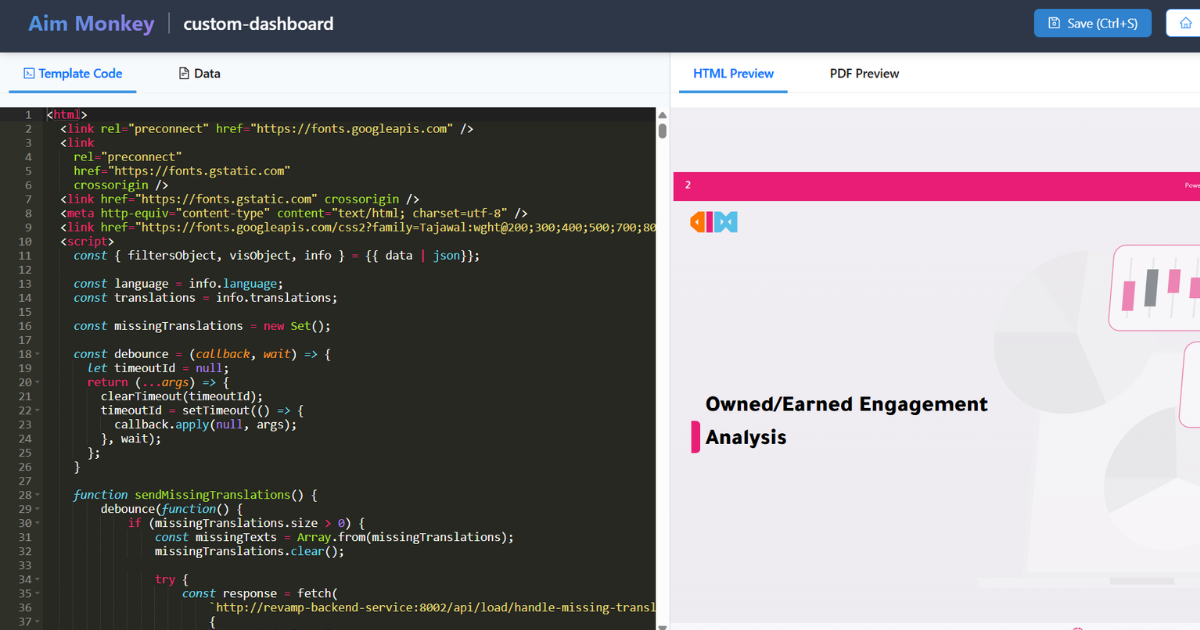Sentiment analysis, also known as opinion mining, is a technique used to interpret and classify emotions expressed in text. By analyzing these emotions, businesses and organizations can derive meaningful insights from customer feedback, social media interactions, and other textual data. But why is sentiment analysis crucial? Let’s delve into its importance.
Why Is Sentiment Analysis Important?

The Mechanism of Sentiment Analysis
How Sentiment Analysis Works
Sentiment analysis involves breaking down text to determine the sentiment behind it—whether it’s positive, negative, or neutral. This is achieved through algorithms that analyze patterns in language.
Natural Language Processing (NLP)
NLP is central to sentiment analysis. It enables machines to understand and process human language, making it possible to extract sentiments from text accurately.
Machine Learning Models in Sentiment Analytics
Machine learning models, such as support vector machines (SVMs) and neural networks, are trained on large datasets to recognize and predict sentiments effectively.
Applications of Sentiment Analysis
In Business
Customer Feedback
Companies analyze customer feedback to understand their needs and preferences, which helps in improving products and services.
Brand Reputation Management
By monitoring social media and other platforms, businesses can gauge public perception of their brand and take proactive measures to manage their reputation.
In Politics
Public Opinion Analysis
Politicians and analysts use sentiment analytics to understand voter sentiment on various issues, helping shape campaigns and policy decisions.
In Healthcare
Patient Sentiment Toward Treatments
Healthcare providers use sentiment analytics to evaluate patient feedback on treatments, improving care quality and patient satisfaction.
Benefits
- Improved Customer Experience: Understanding customer sentiment helps businesses enhance their services.
- Real-time Feedback: Organizations can respond swiftly to customer feedback, addressing issues proactively.
- Enhanced Decision Making: Sentiment analytics provides valuable insights that guide business strategies.
Challenges
- Language Ambiguity: Words can have multiple meanings, making it challenging to interpret sentiment accurately.
- Sarcasm and Irony Detection: Sarcasm can significantly alter the sentiment of a text, posing a challenge for sentiment analytics models.
- Data Privacy Concerns: Analyzing personal data raises privacy issues, requiring strict data protection measures.
Sentiment Analysis in Different Sectors
| Sector | Use Case | Benefits | Challenges |
|---|---|---|---|
| Business | Customer Feedback Analysis | Improved customer experience, brand loyalty | Language ambiguity, data privacy |
| Politics | Public Opinion Analysis | Better campaign strategies | Detecting sarcasm, sentiment variation |
| Healthcare | Patient Sentiment Analytics | Enhanced patient care | Data sensitivity, interpretation issues |
Steps to Implement Sentiment Analysis
- Data Collection: Gather data from various sources like social media, customer reviews, and surveys.
- Text Preprocessing: Clean the data by removing noise such as irrelevant information and standardizing text formats.
- Sentiment Classification: Use machine learning models to classify the text into positive, negative, or neutral sentiments.
- Result Interpretation: Analyze the results to gain insights and take action based on the findings.
Future Trends
1. Advancements in AI and Machine Learning
Continuous advancements in AI will enhance the accuracy and scope of sentiment analytics, making it more sophisticated and reliable.
2. Integration with Other Technologies
The integration of sentiment analytics with big data, IoT, and real-time analytics will expand its applications, driving more comprehensive insights.
Conclusion
Sentiment analytics is a transformative tool that helps businesses, politicians, and healthcare providers understand the emotions and opinions of their audience. As technology evolves, the importance of sentiment analysis in decision-making processes will continue to grow. If you’re looking to leverage sentiment analysis to its full potential, consider exploring AIM Technologies‘ solutions. Request a demo today and see how sentiment analysis can elevate your business strategies.
FAQs
What is sentiment analytics used for?
Sentiment analytics is used to understand public sentiment, manage brand reputation, and improve customer service.
How accurate is sentiment analytics?
Accuracy depends on the complexity of the text and the sophistication of the algorithms used, but ongoing advancements are improving its precision.
Can sentiment analysis detect sarcasm?
Detecting sarcasm is challenging, but improvements in AI are enhancing the ability to recognize and interpret sarcastic remarks.
How is sentiment analytics beneficial to businesses?
It helps businesses understand customer feedback, improve products and services, and manage brand reputation effectively.
What are the main challenges of sentiment analytics?
Challenges include dealing with language ambiguity, detecting sarcasm, and ensuring data privacy.




